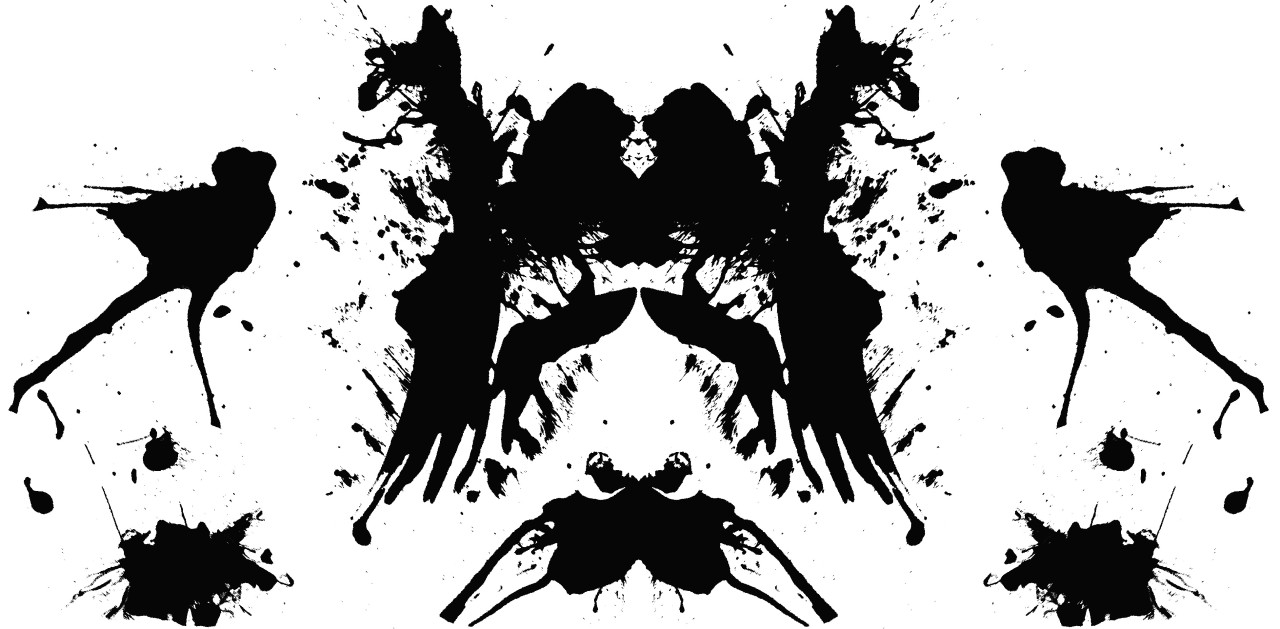
The Rorschach Test
From popular movies, to crime shows, and real life forensic labs, we see these images and only one thing comes to mind; “What do you see first?". This question has garnered its fair share of debate. Staring at the picture, you might have seen the lips of a woman first, or you may argue that it is a dark portrayal of an ominous forest instead.
Which one is right, and what does it say about you? Its prevalence in social media and pop culture aside, the use of ambiguous images to assess thought processes and neurological pathways is not a new one. It has withstood the test of time, and is one of the most widely used psychological tests used by qualified professionals, despite being created almost a hundred years ago!
Hermann Rorschach was a psychologist with a deep interest in art and how people perceived what was in front of them. Thus, the Rorschach inkblot test was born, in which subjects are shown ten inkblot images and asked what they can see. It should be mentioned here that only qualified psychologists or psychiatrists administer this test, as they are trained to find any abnormal answers or reactions to the images. Factors such as time taken to respond, number of words used to articulate feelings, or how common an answer is among subjects all are noted by the concerned practitioner.
Due to being so subjective in nature, the results of this test should always be taken with a pinch of salt. This is partly because no two psychologists will interpret an observation from the subject the same way, and may make starkly different conclusions as a result. In addition to this, some inkblots may not mean anything to the subject and he may only answer because he is expected to, not because the pattern invoked some emotion in him.
However, this test has shown some significant aid in diagnosing disorders such as schizophrenia and bipolar disorder. The vivid imagery leads to the subject expressing his thoughts more openly, and this may help the practitioner in understanding their mental state better than a regular standardized test could. Additionally, this paves the way for healthy discourse between the psychologist and client, and the former may feel more in tune with the latter.
There is no right answer to these images, as the only point of interest is: Do we know ourselves and why we think the way we do? So next time you see more than one object in a single ambiguous image, you may just be another one of Rorschach's unknowing subjects!



Travel Creator | Travel, Business & Finance Writer | Digital Nomad
3yI saw the lips first. What did you see?
Travel Creator | Travel, Business & Finance Writer | Digital Nomad
3yWe've been playing with these tests since we were little, but I didn't know what they were called!